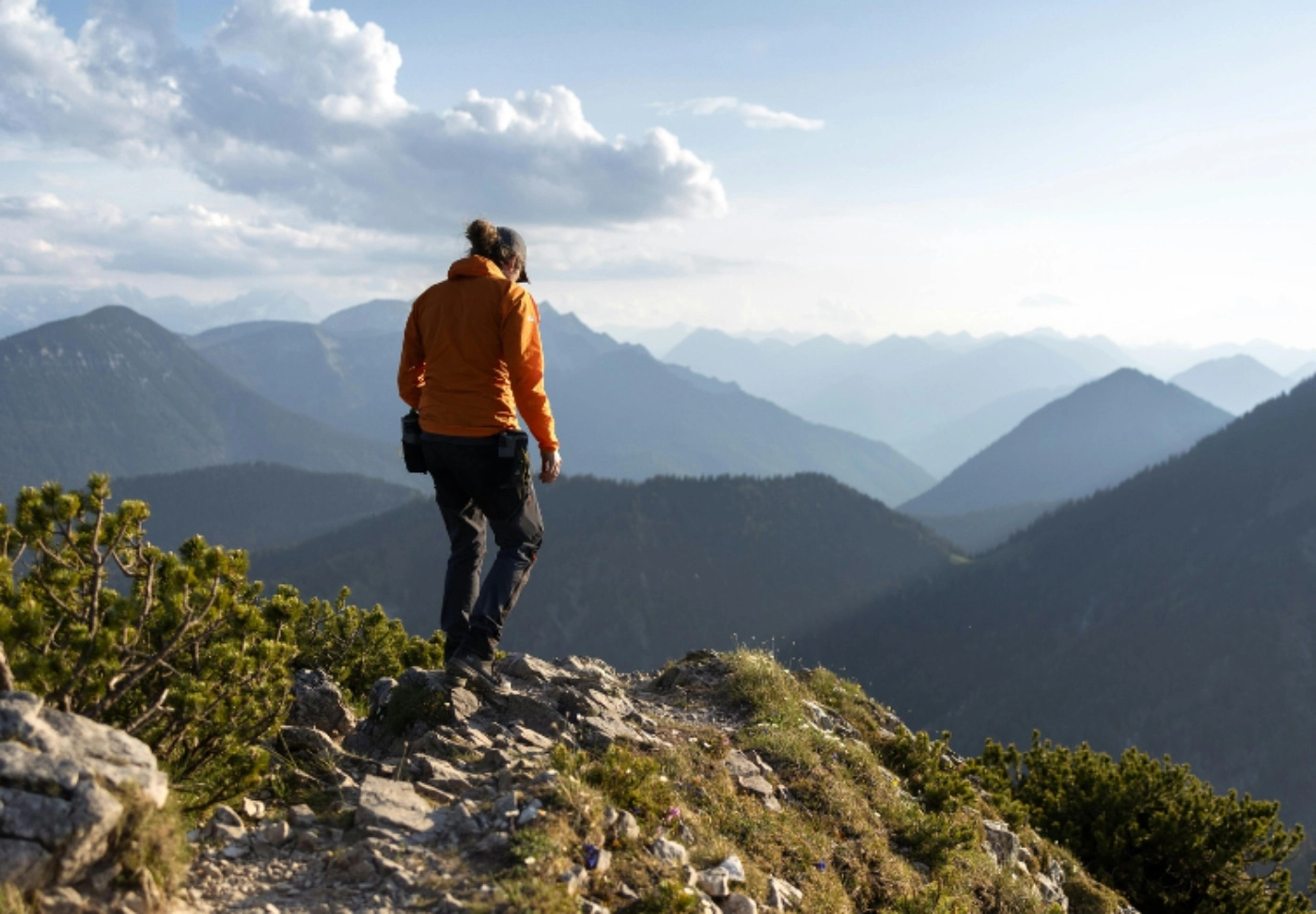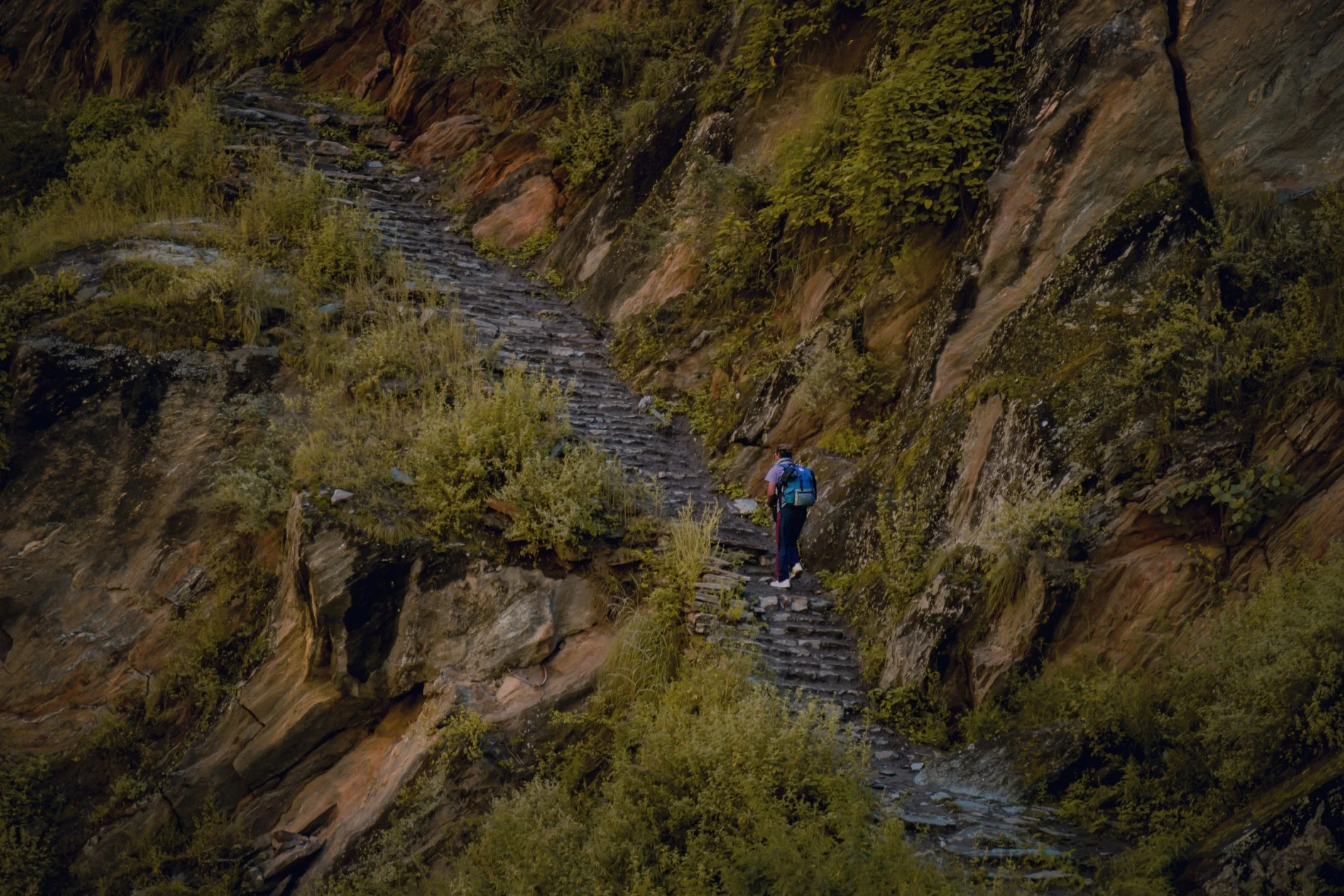Nepal vision | 27/10/2025
It is both an adventure and an adaptation to remain in touch in the trekking areas of Nepal. One second, you are looking at the snow-covered mountains that stretch into the Himalayas, and the next, you are actually standing on your phone trying to get that very elusive single bar of signal. To trekkers, it is not only about so many photos being uploaded but rather about the navigation, caution and assurance of the loved ones that you are perfectly fine.
However, this is the wake-up call; in the trails of Nepal, connectivity to the internet may be erratic. Certainly, well-travelled routes such as Everest and Annapurna are well covered, whereas wild routes in Manaslu or Kanchenjunga can be entirely off the grid. Whether it is Wi-Fi in teahouses, prepaid SIM cards, or satellite, you can save yourself a lot of time in the field by learning how to make your connectivity work before you hit the trail.
This guide is applicable whether you are a digital nomad who walks around with a laptop or a minimalist who has a phone and a backpack. Cards, Wi-Fi, smart off-line utility, and so forth - here is all you need to know to remain connected without losing the magic of being offline in the Himalayas.
Continue on - since the manner in which you design your connectivity might determine how openly you hike.
What Is the Internet Connectivity Like in Nepal’s Trekking Regions?
Going on a trek in Nepal and need to know how to stay connected? The internet, SIM cards, and mobile networks are not the same everywhere. There is good and free Wi-Fi in big cities such as Kathmandu and Pokhara, and as soon as you enter the mountains, everything can become a bit difficult. The internet is still accessible in most of the trekking sites, but it is slower, not as stable and is normally charged a small fee.
Internet Connectivity in Nepal’s Trekking Regions
The situation in Nepal varies with the location as regards internet access.
Wi-Fi is readily available in hotels, cafes, and restaurants in cities like Kathmandu and Pokhara; most of them are usually free and reliable.
On hiking routes, Wi-Fi is provided either in teahouses or using local networks; however, it is slower, and may lose signal because of weather or power failures.
The following is what can be expected in the tourist trekking spots:
- Everest Region: There is a special Wi-Fi service in the region called Everest Link, which covers major destinations such as Lukla, Namche Bazaar, Tengboche, Dingboche and Gorakshep. It has had prepaid data ( 10GB or 20GB). Although it is convenient, it is also very costly and slow at elevated altitudes.
- Annapurna Circuit: Wi-Fi is found in the lower villages of Annapurna, such as Ghorepani and Chhomrong; however, it is weaker and more expensive as you scale higher to Annapurna Base Camp. The connection is also okay when it comes to simple browsing or messages, but not when it comes to intensive use, such as streaming or uploading videos.
- Manaslu Region: This area is best covered by Nepal Telecom (NTC). There is still poor connectivity in certain regions because of mountainous zones, although the NTC signal is more likely to connect than others.
- Langtang Valley: The cell phone network is good in the lower areas, but becomes ineffective in the higher areas thereafter, beyond the Langtang Village. Wi-Fi or satellite phones can be used in case of an emergency in some lodges.
In general, the internet will be slower, there will be outages, and the service will be limited in deep valleys or on high altitudes.

Which SIM Cards Are Best for Travelers in Nepal?
In Nepal, it has three major telecom providers:
- Nepal Telecom (NTC): It has the best coverage across the country and rural areas. It is the best option for long-distance treks such as Manaslu or Langtang. SIM cards are sold in Kathmandu Airport or in the cities, or in tourist destinations such as Thamel. Carry your passport and a copy of your visa to be registered.
- Ncell: This is useful in urban regions and well-known hiking trails. It is also tourist-friendly, easy to enable, and it has a number of cheap data packages. They are sold at airports and primary market areas.
- Smart Cell: A smaller company with less coverage. It is not so dominant among tourists.
In the event you are hiking in remote regions, then consider Nepal Telecom (NTC) to be your best bet. Ncell is a good option to go to shorter or urban-based destinations due to its high speed and convenience.
How Reliable Is Mobile Network Coverage on Nepal’s Trails?
The mobile network connectivity of the trekking routes in Nepal is highly inconsistent, depending to the route or altitude. Nepal Telecom (NTC) and Ncell provide reasonable coverage in the Everest Base Camp area in large villages such as Lukla and Namche Bazaar.
But the higher the trekkers go (towards Gorakshep and even the Everest Base Camp itself), the weaker and unreliable the signal gets. To close this gap, a number of them use the service of Everest Link Wi-Fi that is offered on the route.
Mobile signal is good at the low altitudes, e.g., at Pokhara, Nayapul, and Ghorepani; however, as you ascend to Tilicho Lake or Thorong La Pass, Wi-Fi is the only option- albeit at a higher cost and rather slow. Internet connectivity is good until Syabrubesi, but becomes spotty around Kyanjin Gompa and above.
The Nepal Telecom is the most effective network in the Manaslu Circuit, although there are remote areas where there is barely or no network. In places that are too far, trekkers usually bring walkie-talkies, which have a short range of communication or hire satellite phones in emergencies.
Moreover, the vast majority of teahouses along the major routes have paid Wi-Fi access points, but the speed and connectivity are often unstable, and the connection speed might decrease greatly depending on the place and weather.
Do You Have Wi-Fi in Tea Houses and Lodges?
Most of the tea houses and lodges on the Nepal trekking routes have Wi-Fi, but this is often slow and expensive, particularly at higher altitudes. Connection is usually not a problem in lower altitudes, but the higher you go, the weaker the service quality and the higher the prices. Prepaid cards are used in most tea houses, and a per-hour charge for Wi-Fi is charged between 400 and 1200 Nepalese rupees (3-10 USD) based on the location and duration.
Trekking in the Everest area, tourists use the system of Everest Link, Wi-Fi at high altitudes based on the use of data cards, the cost of which is 24 or 48 hours. This service is effective in large destinations such as Namche Bazaar, Tengboche, Dingboche and Gorakshep, but the speed is slow, and some users on the network will slow down the network.
In the Annapurna region, Wi-Fi is lodge-based rather than centralized. Some lodges include it for free with accommodation, while others charge a small fee ($3–$5 USD). Coverage usually extends only to communal areas like dining halls, and at higher altitudes or more remote stops, Wi-Fi may be unreliable or unavailable, with power outages sometimes affecting service.
Regions like Langtang and Manaslu offer more limited Wi-Fi, often through smaller local networks or satellite connections. Remote areas farther from trekking hubs generally have inconsistent connectivity.
Tips for managing Wi-Fi use:
- Budget for Wi-Fi purchases in advance.
- Avoid large downloads or video streaming.
- Carry backup charging options such as power banks or solar chargers.
Best Options for Staying Online in Remote Areas
To maintain connectivity in remote trekking regions:
Local SIM & Data Packages:
- Purchase a Nepal Telecom (NTC) or Ncell SIM in Kathmandu, Pokhara, or Lukla.
- NTC is preferred for remote treks due to wider coverage.
Power Banks & Solar Chargers:
- High-capacity power banks and USB-C solar chargers are essential in areas with limited electricity.
Portable Wi-Fi & Satellite Communication:
- Everest Link Wi-Fi cards work as a portable network in the Everest region.
- Satellite phones or GPS devices provide emergency communication but can be costly.
Offline Apps:
- Download navigation apps like Maps.me, translation tools, and offline emergency contacts before trekking.
Staying Connected Safely and Sustainably
- Limit Data Use & Save Battery: Avoid streaming or large downloads, turn off Wi-Fi/data when not in use, and close background apps.
- Secure Public Wi-Fi: Avoid logging into banking or sensitive accounts; use VPNs or encrypted messaging apps.
- Carry Backup Power: Bring high-capacity power banks or solar chargers to keep devices charged in remote areas.
- Plan Offline Tools: Download maps, translation apps, and emergency contacts to use without internet.
- Embrace Digital Detox: Reduce screen time to enjoy nature, local culture, and improve mental well-being while trekking.
To wrap up, staying connected while trekking in Nepal is definitely possible, but it requires a mix of preparation, the right tools, and realistic expectations. From local SIM cards and data packages to Wi-Fi in tea houses and emergency satellite devices, you have plenty of options to keep in touch when it matters most. At the same time, don’t forget that the true magic of Nepal lies beyond your screen — in the towering Himalayas, vibrant cultures, and breathtaking landscapes.
Ready to explore Nepal’s majestic trails with confidence and connectivity? Let Nepal Vision Treks guide you through a seamless trekking experience, from Everest to Annapurna, with expert planning, local insights, and support every step of the way.
FAQS









